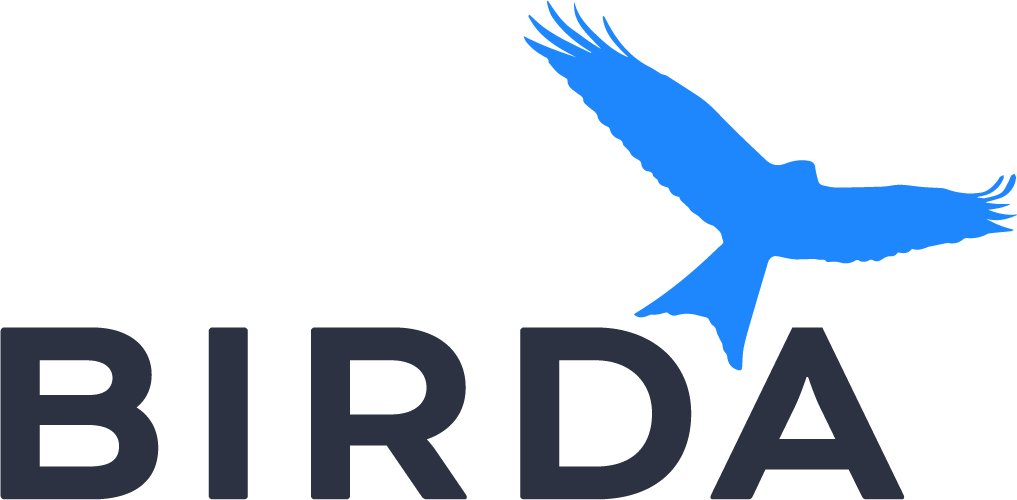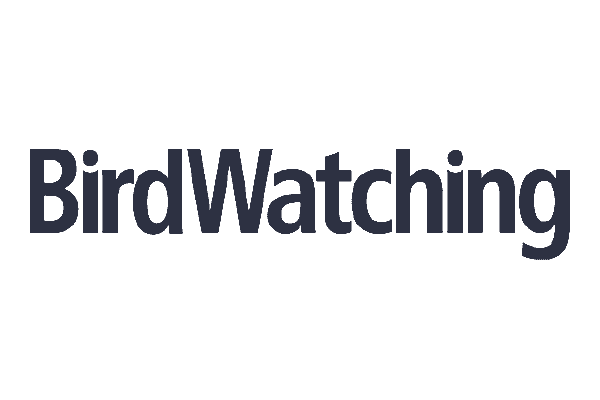
Malagasy Pond Heron
Ardeola idae
The Malagasy pond heron, Ardeola idae, also known as the Madagascar pond heron or Madagascar squacco heron, is a modestly sized heron species. Adults can be seen in two distinct plumages depending on the breeding season. During the non-breeding season, they exhibit a mix of buff and black on the crown and posterior, with brown shades dominating the rest of the body. In contrast, the breeding plumage is characterized by a striking snow-white coloration, with a deep azure blue bill adding to their allure.
Identification Tips
This species reaches a height of 45–50 cm and weighs between 250–350 g, with little sexual dimorphism in size. The non-breeding adults have a green bill with a black tip and yellow irises, while the breeding adults boast a blue bill. Juveniles can be identified by their dull orange bills and pale green eyes, and chicks are cloaked in thick buff yellow down.
Habitat
The Malagasy pond heron occupies a variety of wetland habitats, including marshes, lakes, ponds, streams, and rice fields. They are also found in mangroves, inland pools, and lagoon shores, particularly in the Aldabra region.
Distribution
Breeding occurs in Madagascar, Réunion, and the Seychelles, while non-breeding individuals migrate to eastern mainland Africa, including Kenya, Tanzania, Uganda, Rwanda, Burundi, DR Congo, Malawi, Zambia, Zimbabwe, and Mozambique.
Behaviour
This species is known for its annual migration from Madagascar to the eastern African mainland and back. They are territorial and maintain a distance from other herons, with nesting and foraging occurring well inland from the coast. They roost in close proximity only during nesting.
Song & Calls
The Malagasy pond heron has two distinct calls: a flight call, a short sound used to maintain distance in flight, and a burr call, employed when rival herons approach the nest.
Breeding
Breeding is colonial, with colonies now reduced in size and number. They nest in reedbeds, papyrus, and Cyprus stands, as well as coastal islands. Breeding starts in October and can extend to March, with courtship displays including aerial chases and crest raising.
Diet and Feeding
Their diet consists mainly of fish, aquatic insects, and small invertebrates. They may also consume crustaceans, amphibians, mollusks, worms, caterpillars, and terrestrial reptiles, depending on the availability within their habitat.
Conservation status
The Malagasy pond heron is currently classified as Endangered. The primary threats include habitat loss due to wetland conversion to rice fields and exploitation of eggs and young at breeding sites. Conservation efforts have been implemented to mitigate these threats.


































































